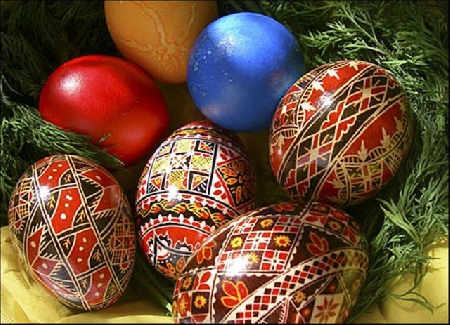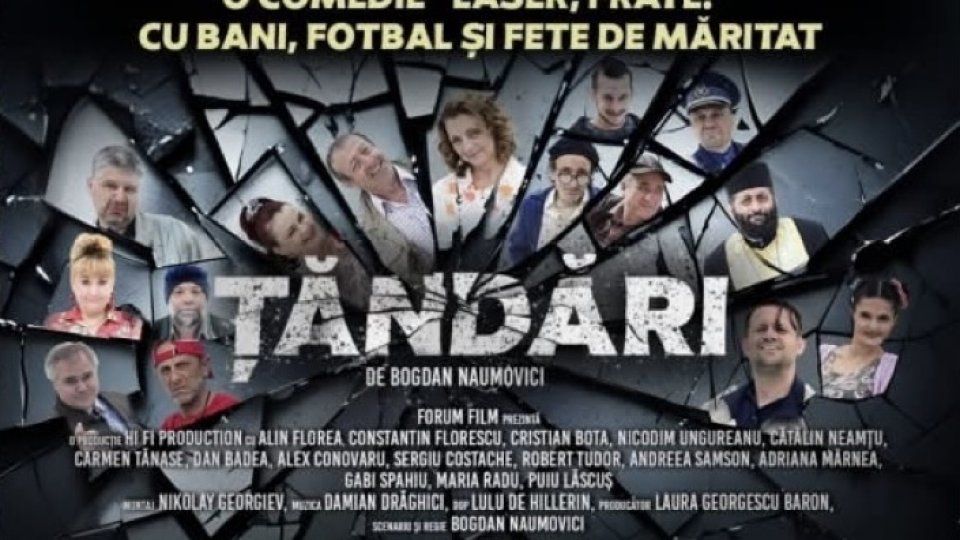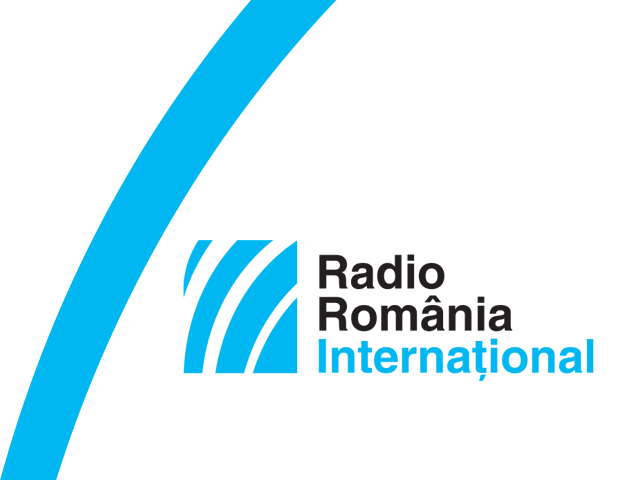Catholic Easter Customs and Traditions in Romania
This year, Catholic Christians across the world celebrate Easter on April 21

Monica Chiorpec, 20.04.2019, 13:23
This year, Catholic Christians across the world celebrate Easter on April 21st. The date of the biggest Christian celebration of the year rarely coincides for the Catholic and Orthodox denominations. Since the big Schism of 1054, the two have usually been one week apart. This gap is explained by the fact that, since 1582, the Orthodox Church has used the Julian calendar, while the Catholics have divided the year in keeping with the Gregorian calendar. They say that, in the same year, Pope Gregory VIII discovered a two-week gap between the real time and the one set in keeping with Julius Caesars calendar, dating back to the year 46 BC. So, Catholic Easter does not have a fixed date, and it is calculated depending on the ecclesiastic full moon, based on tables drawn up by the Church, in direct relation with the spring equinox. Sabina Ispas, head of the ‘Constantin Brailoiu Ethnography and Folklore Institute, explains:
Sabina Ispas: “There were talks, and decisions were made to reverse the situation, but eventually the Ecumenical councils decided to recalculate the Easter date. Its a mobile date, because it is calculated in keeping with the phases of the moon. This is actually the old system used for the ancient Passover, the historical period in which the events related to the Christian Easter seem to have actually occurred. That is why Palm Sunday doesnt have a fixed date either. Generally speaking, there are some limits. What we are interested in is the maximum date, which is early May.
In certain parts of Romania, Transylvania and Banat in particular, the Roman–Catholic Easter is celebrated by the ethnic Germans and Hungarians in keeping with centuries-old traditions. Besides traditional dishes, such as painted eggs, lamb dishes, Easter cake and red wine, the Roman Catholics here have preserved other specific customs, as Delia Suiogan, an ethnologist with the North University of Baia Mare explains:
Delia Suiogan: “We have the candle, the Light that we get on Saturday at midnight. We also have the lamb, symbolizing the supreme sacrifice of Jesus Christ. This ritualistic gesture actually symbolizes the rebirth of man and his right to resurrection. The same is true for the egg, Christs tomb; through its symbolic capacity to symbolize food and the primary seed, the egg stands for peoples right to start over a new cycle and thus be part of the cosmic cycle.
For Easter, the Catholic Christians in Transylvania decorate fir-trees at the gates of unmarried girls, and sprinkle girls with water or perfume, just like in pre-Christian times. In Mures County, in central Romania, there are groups of boys who walk around and sprinkle the girls, and then, on the third day of Easter, its their turn to be given the same treatment. However, Easter becomes a solemn event during the religious service.
Delia Suiogan: “There is this custom, sprinkling, a ritual that the Orthodox believers in Transylvania have taken over too. As the different cultural specificities always influence the evolution of any civilization, a beautiful blend has taken shape. All the Catholic Christians in the traditional communities observe this custom, which has been introduced by ethnic Germans. On the first and second day of Easter, there is this sprinkling ritual that takes place. It originates in the pre-Christian period, when there was a ritual praising Ostera, the goddess of fertility and rebirth. So, on such celebration days, everybody had to be sprinkled with water, as a ritual of purification but also of fertility. In modern times, the Catholics sprinkle one another with perfume, making an extension from fertility towards spiritual rebirth, as perfume is viewed as annihilating the ugly, the rotten, and reinstating a state of order, by restoring cosmic harmony.
The Catholics were also the ones who, more recently, introduced chocolate figurines as Easter symbols. The chocolate bunnies and eggs given to children on Easter are also fertility allegories.
Delia Suiogan: “Another ritual, which is a Catholic tradition, is that of the Easter Bunny. These days, all shops are full of chocolate bunnies and eggs. This is another remnant of the ritual celebrating goddess Ostera. Legend has it that this goddess, while on a stroll in the fields, meets a bird with broken wings. Moved by this image, the goddess wants to help the bird stay alive. A divine voice tells her that, if she manages to turn it into an animal that needs not fly, then the bird will survive. So, the goddess turns her into a rabbit. What is interesting is that this rabbit keeps its ability to lay eggs. So, once a year, the bird-turned-rabbit offers painted eggs to the goddess, as a sign of rebirth into a different form, of the right to live again. They say that, ever since, eggs have been painted and are to be found in the grass, following the trails of the rabbit. So, here it is, the symbol of rebirth; the painting of the eggs is interpreted as a gift rewarding kindness.
The significance of the red eggs and of the other dishes on the Easter table, such as lamb dishes or Ester cakes, is related to the spirit of sacrifice. It also provides a guarantee for continuity to all those who believe in the miracle of resurrection.
(translated by: Mihaela Ignatescu)





























